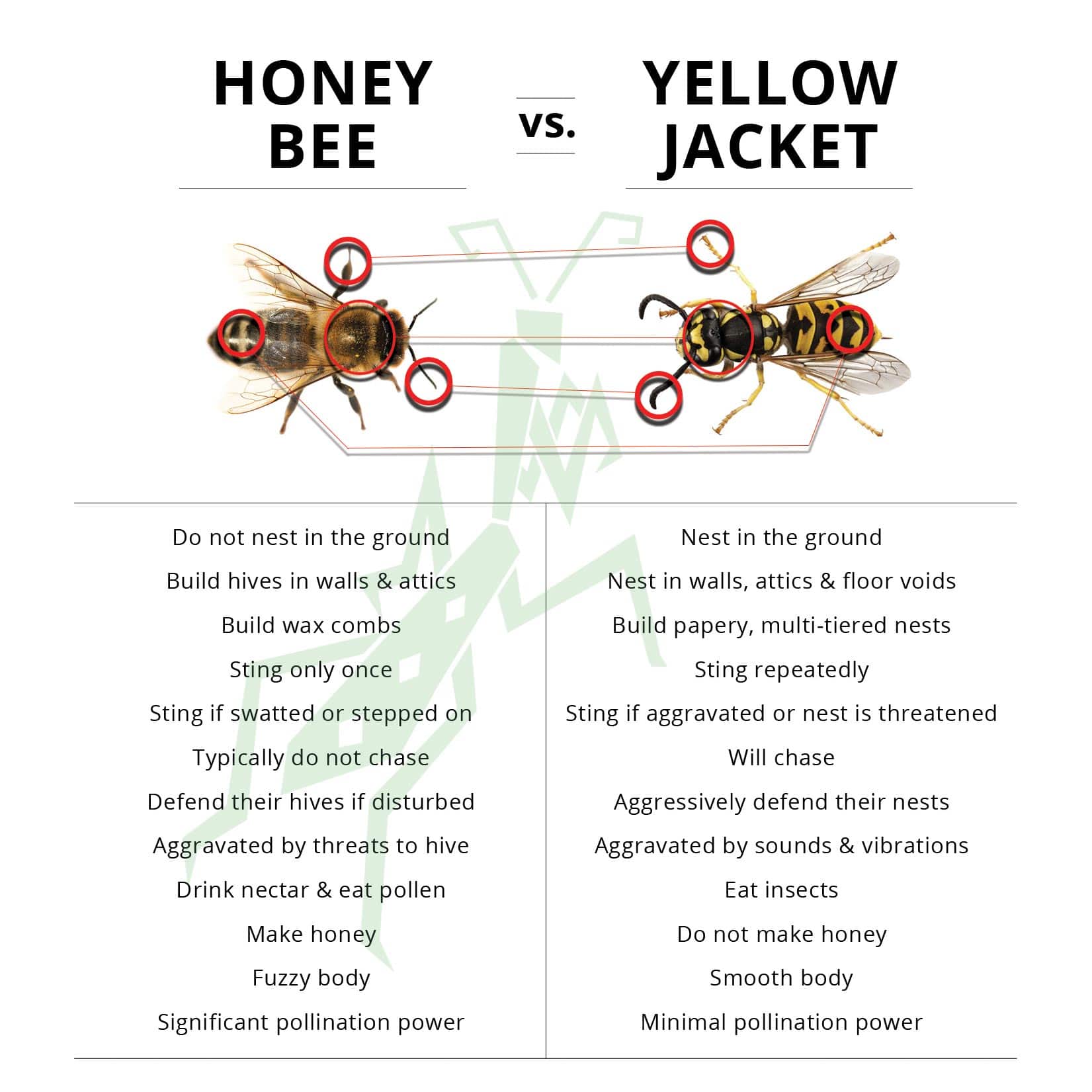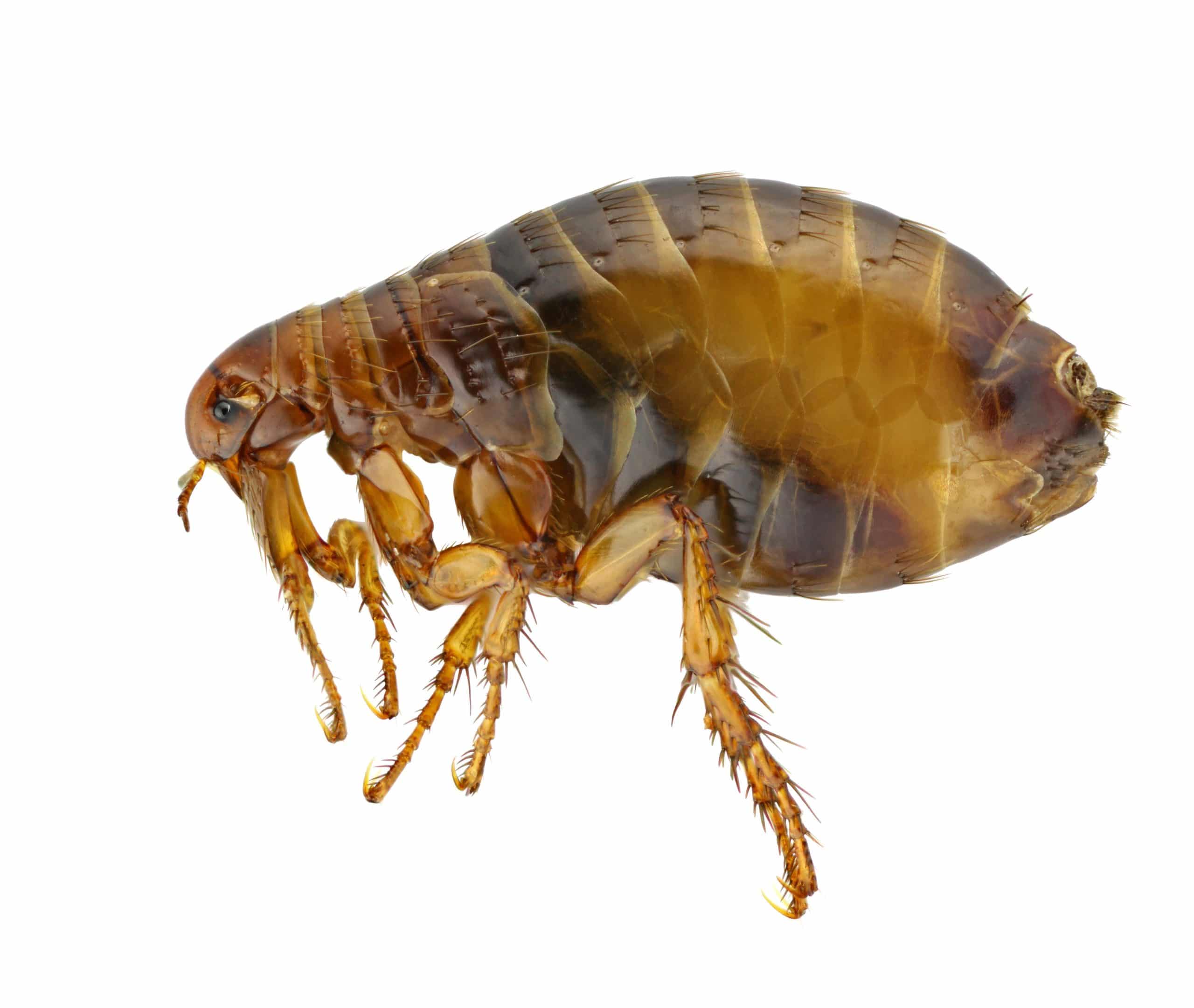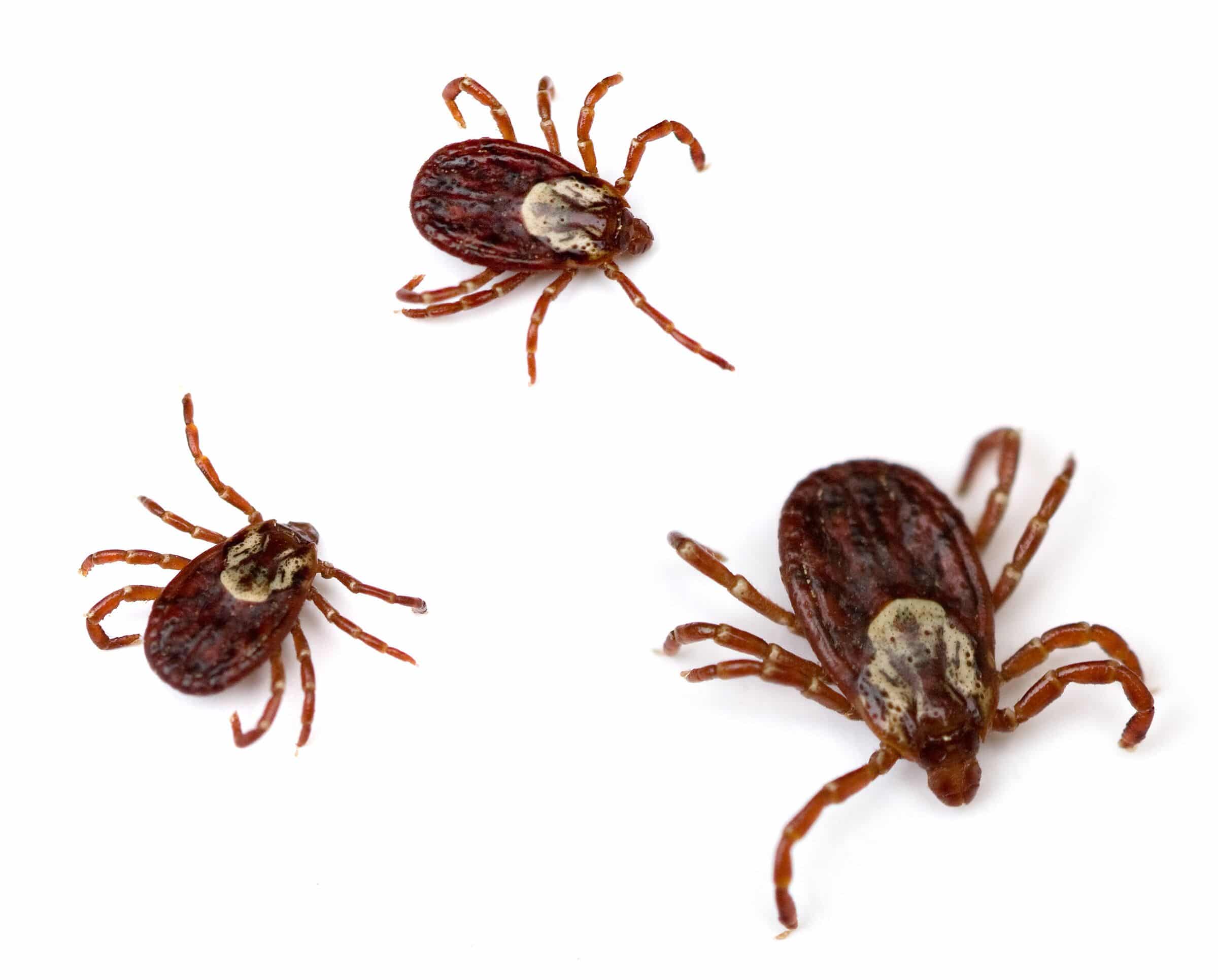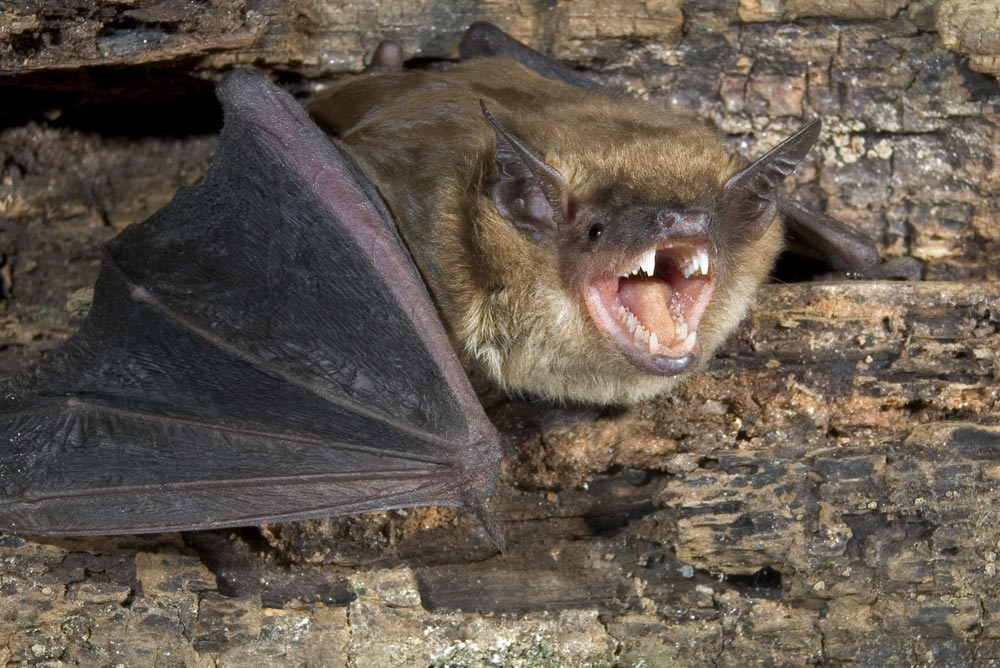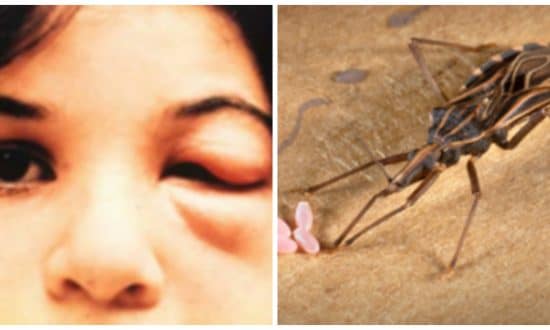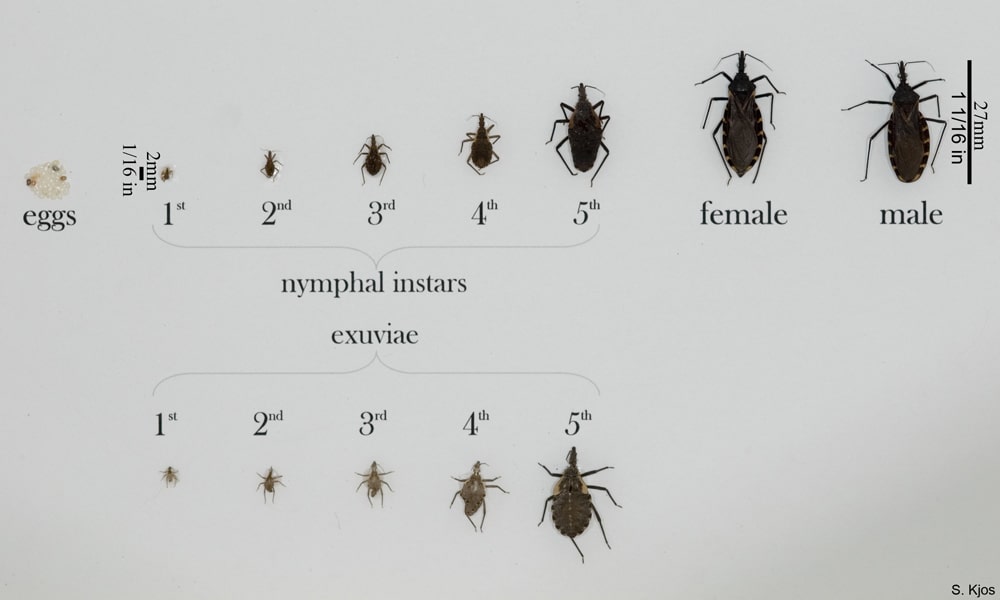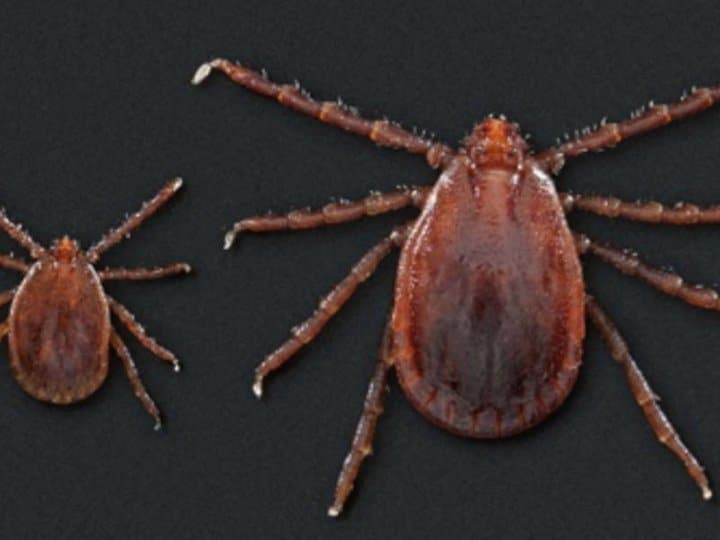Honey Bee Identification Tips
Honey Bee identification is not always simple and it does take some practice. For one thing, not only do some of the different bee species look very similar to each other, but they may also be confused with other insects which, for a variety of reasons, mimic particular bees. Keep in mind that Honey Bees often move from flower to flower in a bouncing pattern. While Honey Bees are collecting pollen, they often make it easy to observe the process. A few quick tips and Honey Bee features are circled in red to compare. The most common misidentification locally is between the Honey Bee and the Yellow Jacket. This should help you in the process of protecting Honey Bees. If you suspect a Honey Bee hive or swarm is on your property it can be relocated. Please make every effort to protect Honey Bees. Contact us about our $25 Off Any New Service Coupon

